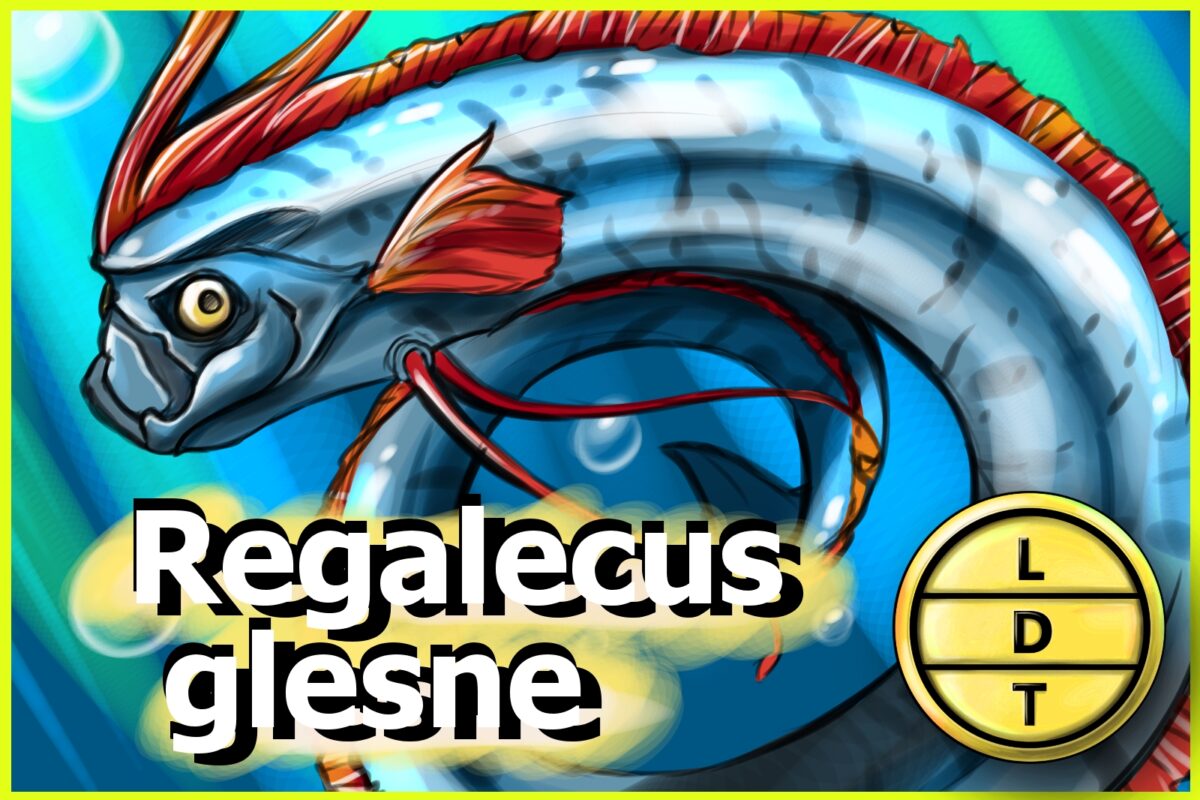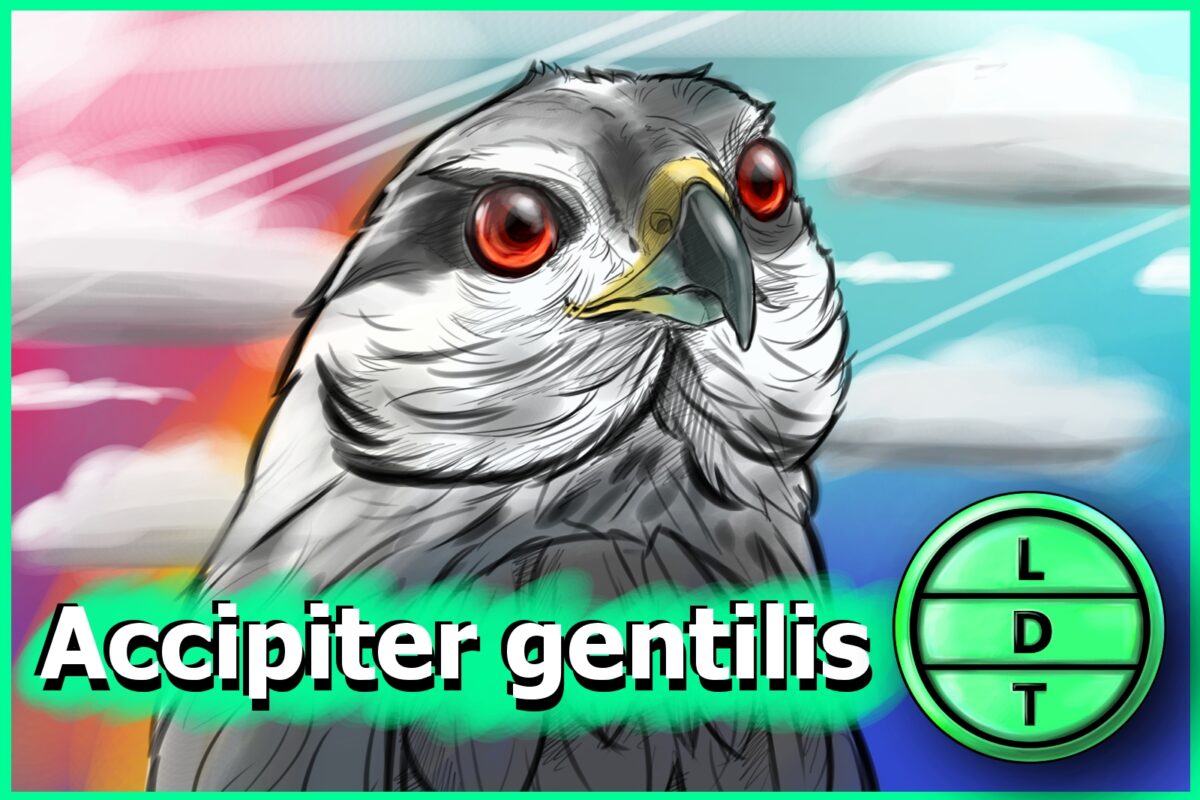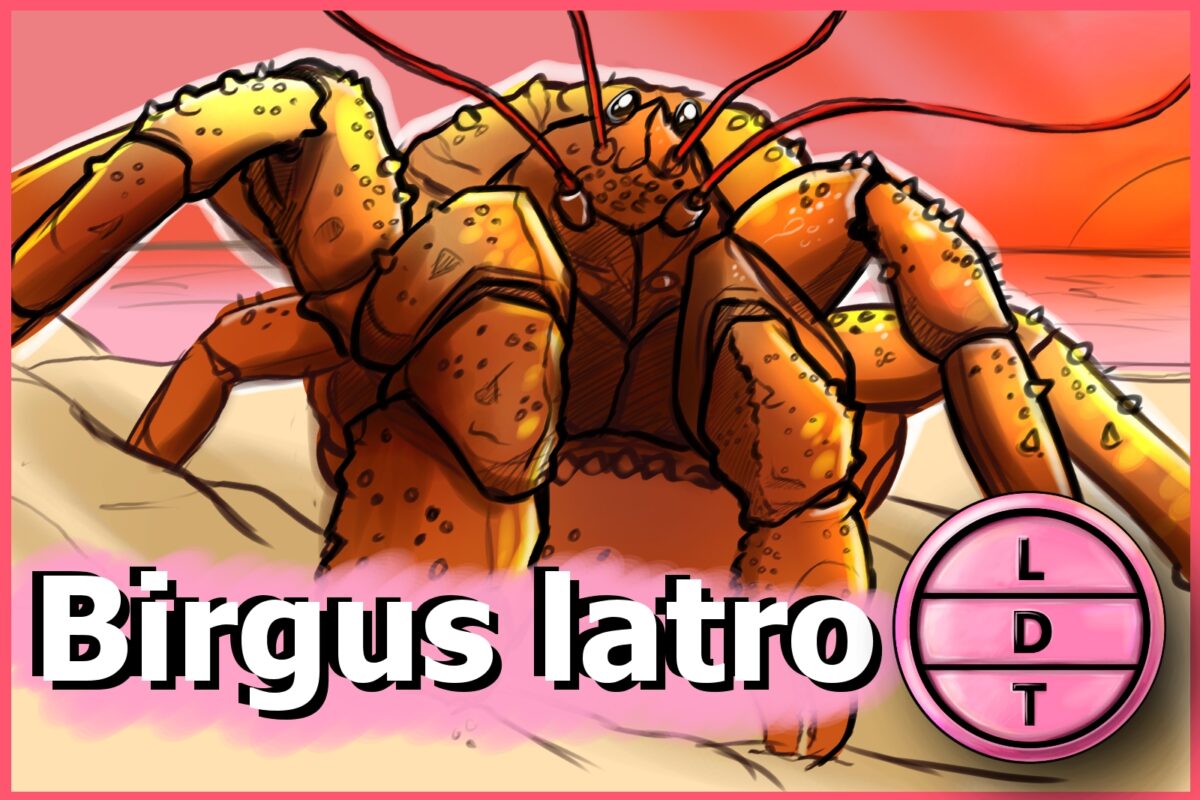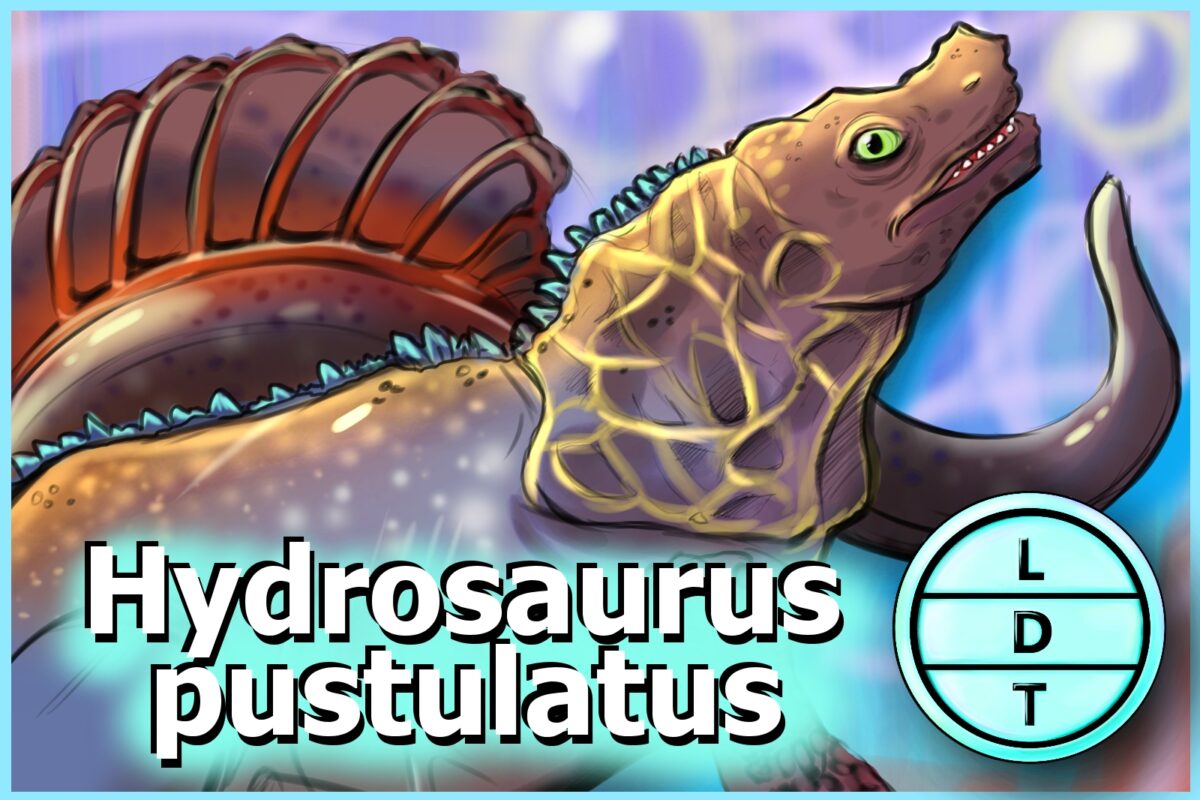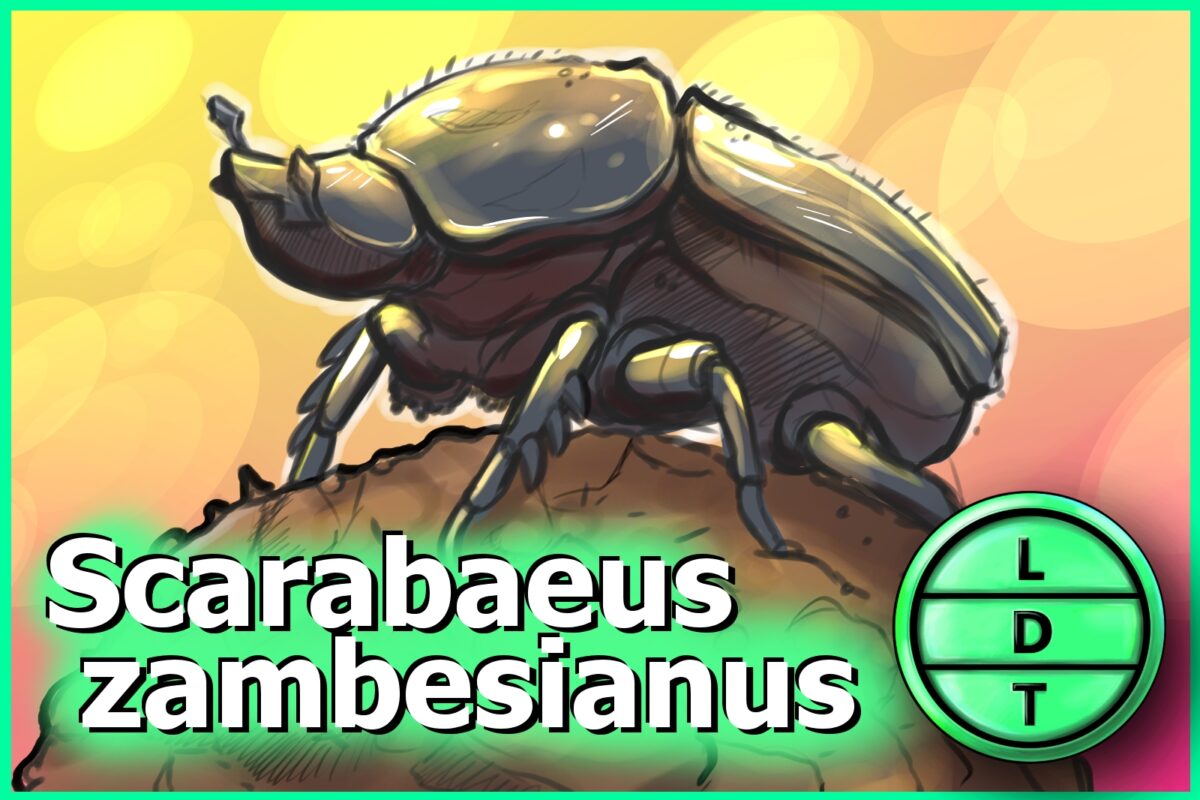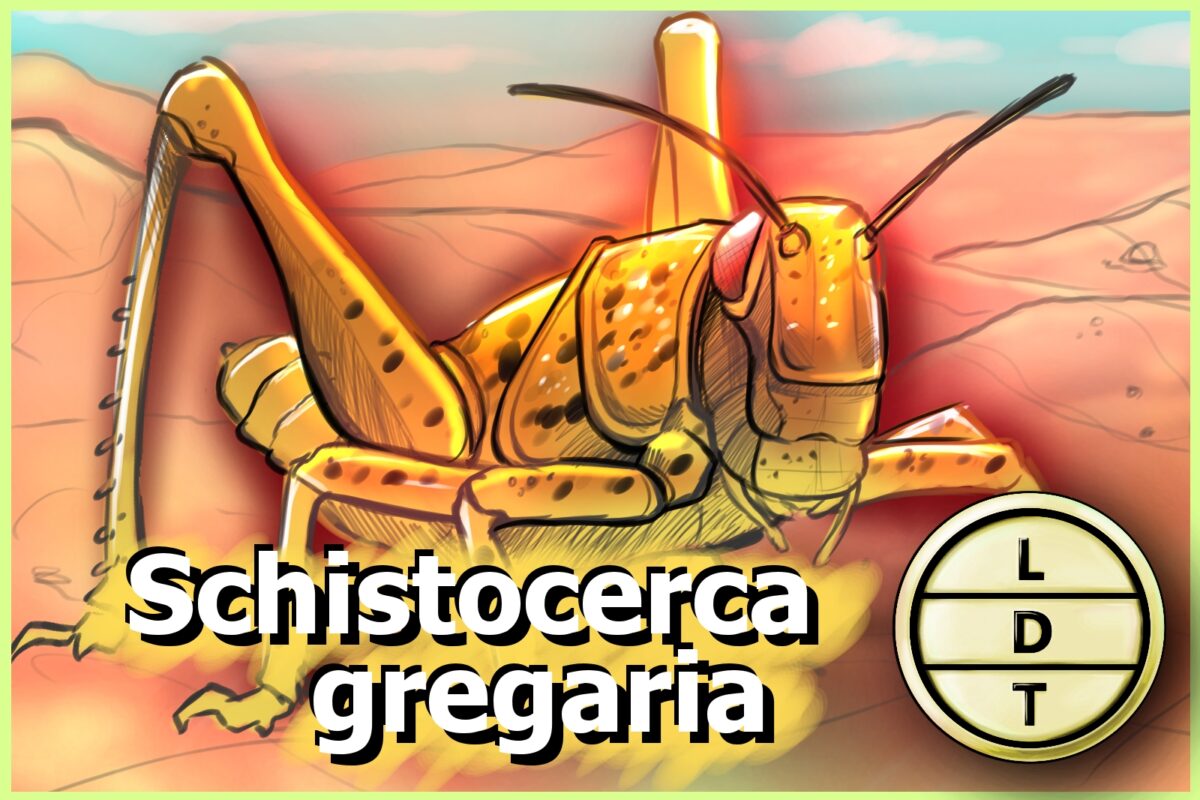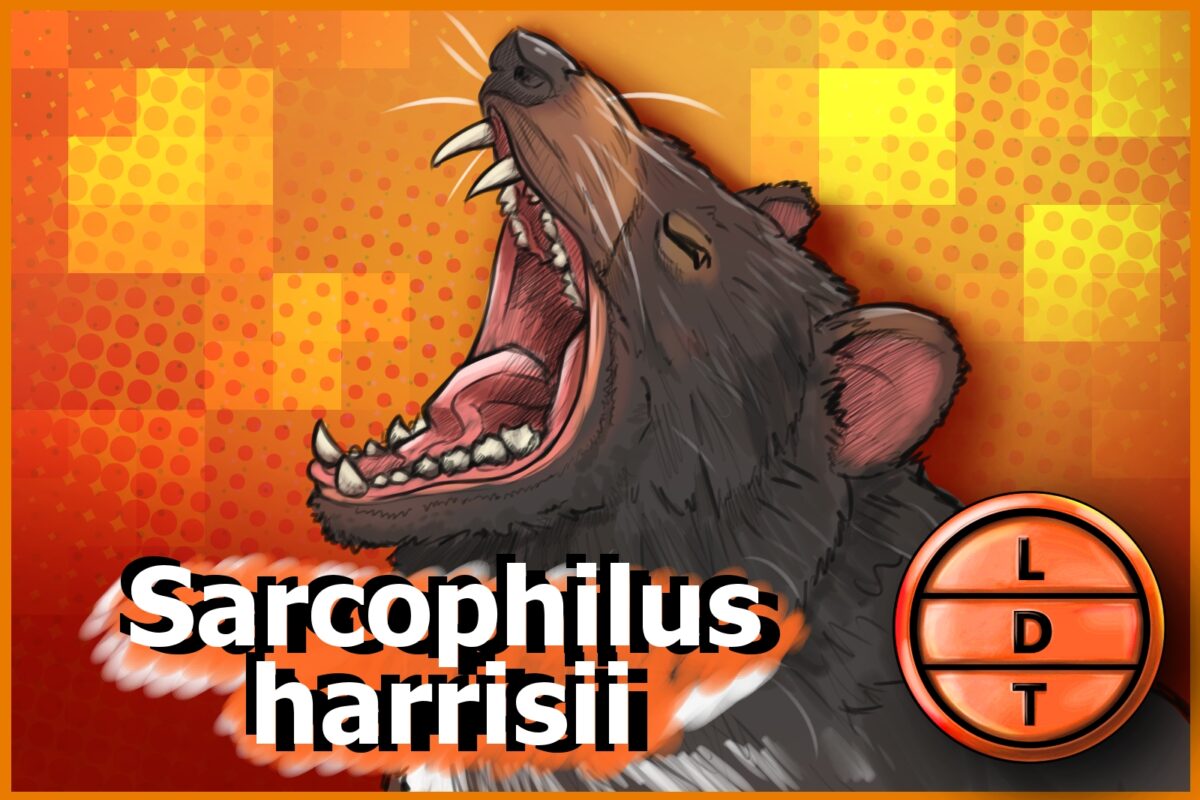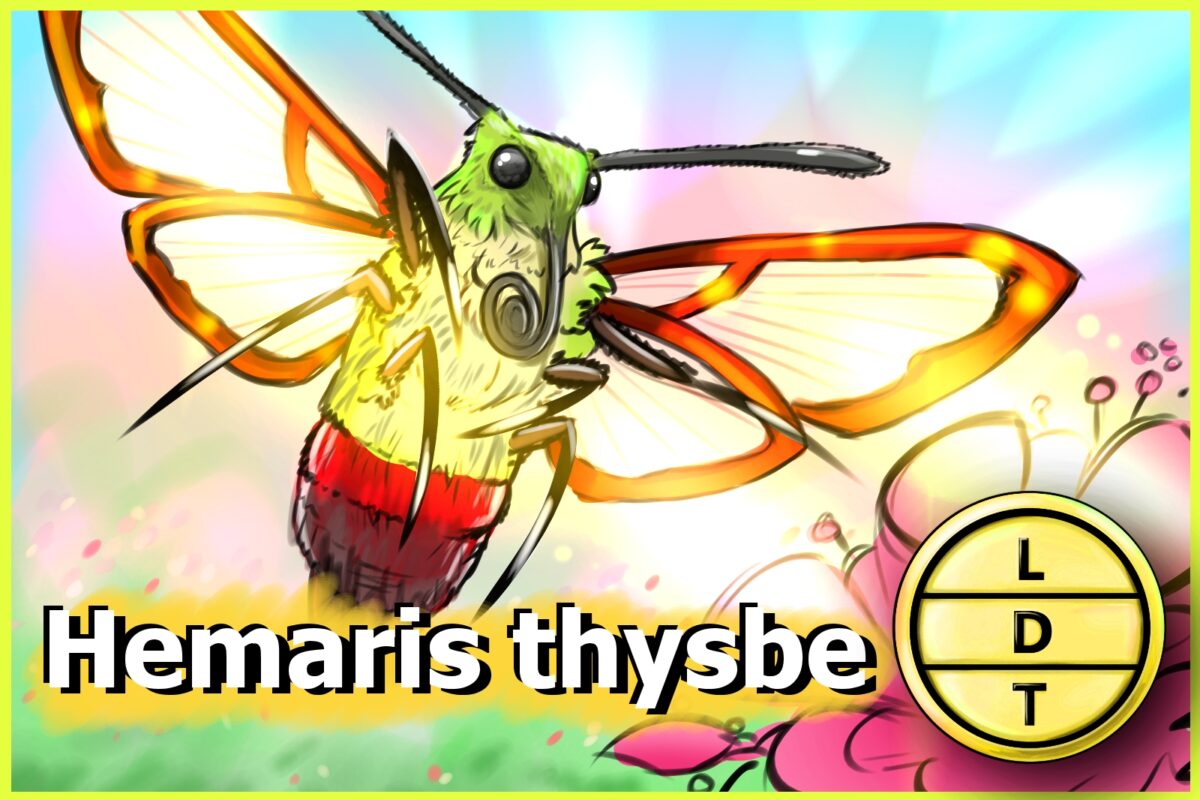“…and today we’re talking about the longest boy in the ocean. But more on that later.”
Earthquakes are some of the most destructive events on this planet, snuffing out lives by the thousands and destroying entire cities. The worst part is, we can’t really predict them in advance-or can we? The elusive oarfish is often considered an incredibly long harbinger of earthquakes, and some people see sightings of them as a sign of impending disaster. Let’s find out just how much truth there is to this here in Life, Death, and Taxonomy.

